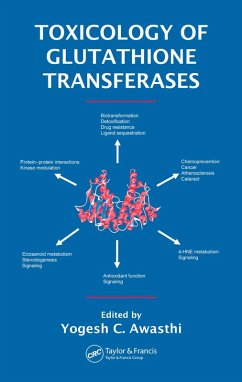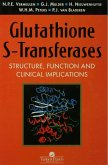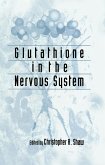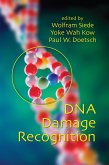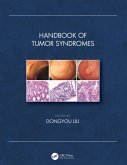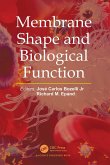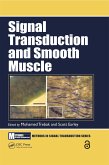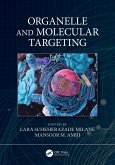The book provides current information on gene families, structure and regulation of gene expression, reaction mechanisms and substrates, three-dimensional structures of GSTs, design of proteins with GST activity, and various approaches to developing inhibitors that overcome drug resistance. It also covers the physiological significance and the mechanisms of activation of microsomal GSTs. These topics, along with the role of GSTs in detoxification of chemical carcinogens and possible implications of GST polymorphism in human health and disease, make the volume useful to researchers in the field of pharmacology and toxicology.
Chapters cover the possible and exciting role of GSTs in defense mechanisms against chronic oxidative stress-linked disorders such as atherosclerosis and the newly emerging area of GST-mediated modulation of stress-signaling through its catalytic as well as binding activities. They explore an intriguing hypothesis that strongly suggests an important role of the factors that modulate the GSH-electrophile conjugate (GS-E) homeostasis in the regulation of cellular processes. Chapters on known and potential endogenous electrophilic substrates and a major role of GSTs in suppressing stress-induced lipid peroxidation reinforce this newly emerging role of GSTs.
Dieser Download kann aus rechtlichen Gründen nur mit Rechnungsadresse in A, B, BG, CY, CZ, D, DK, EW, E, FIN, F, GR, HR, H, IRL, I, LT, L, LR, M, NL, PL, P, R, S, SLO, SK ausgeliefert werden.

